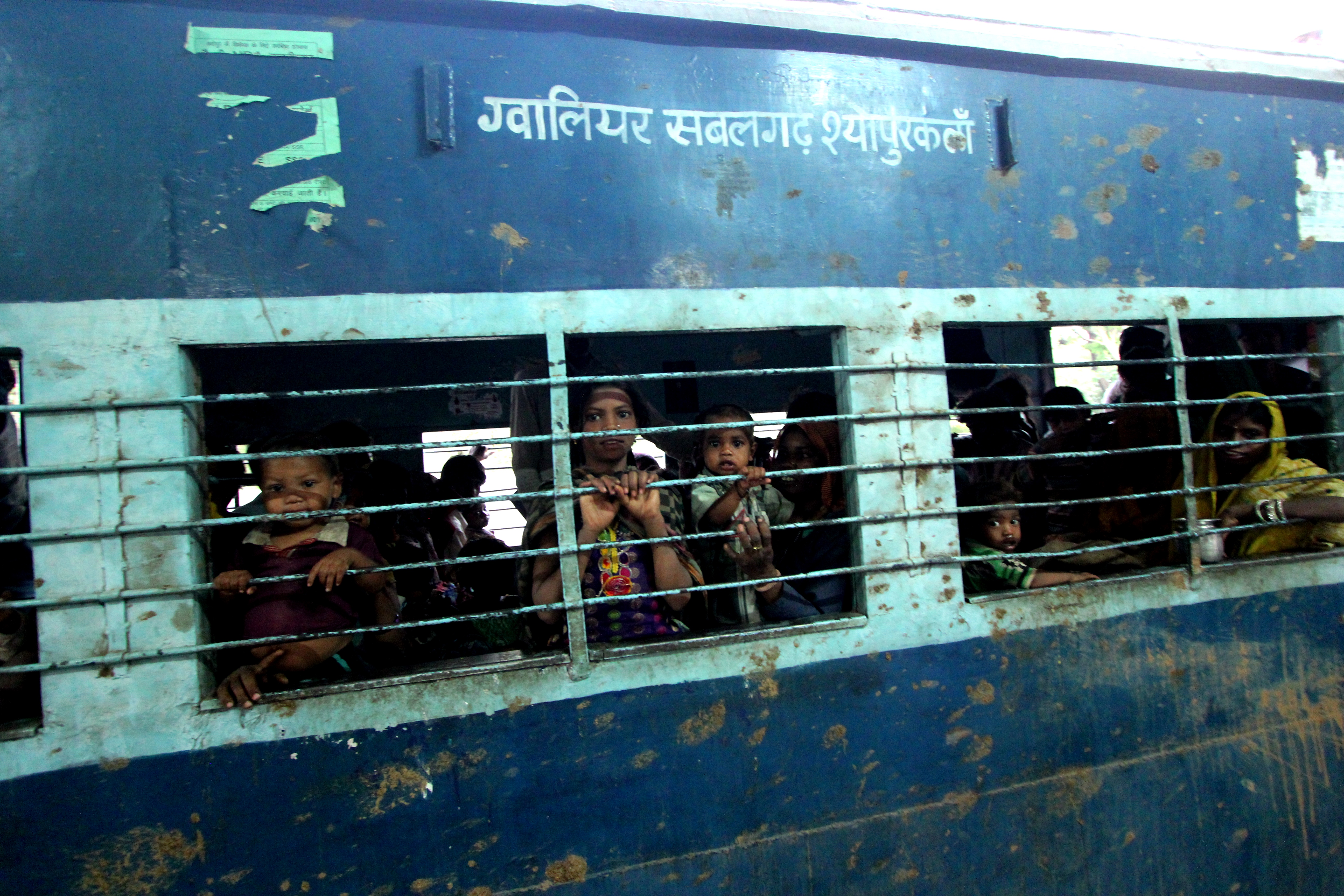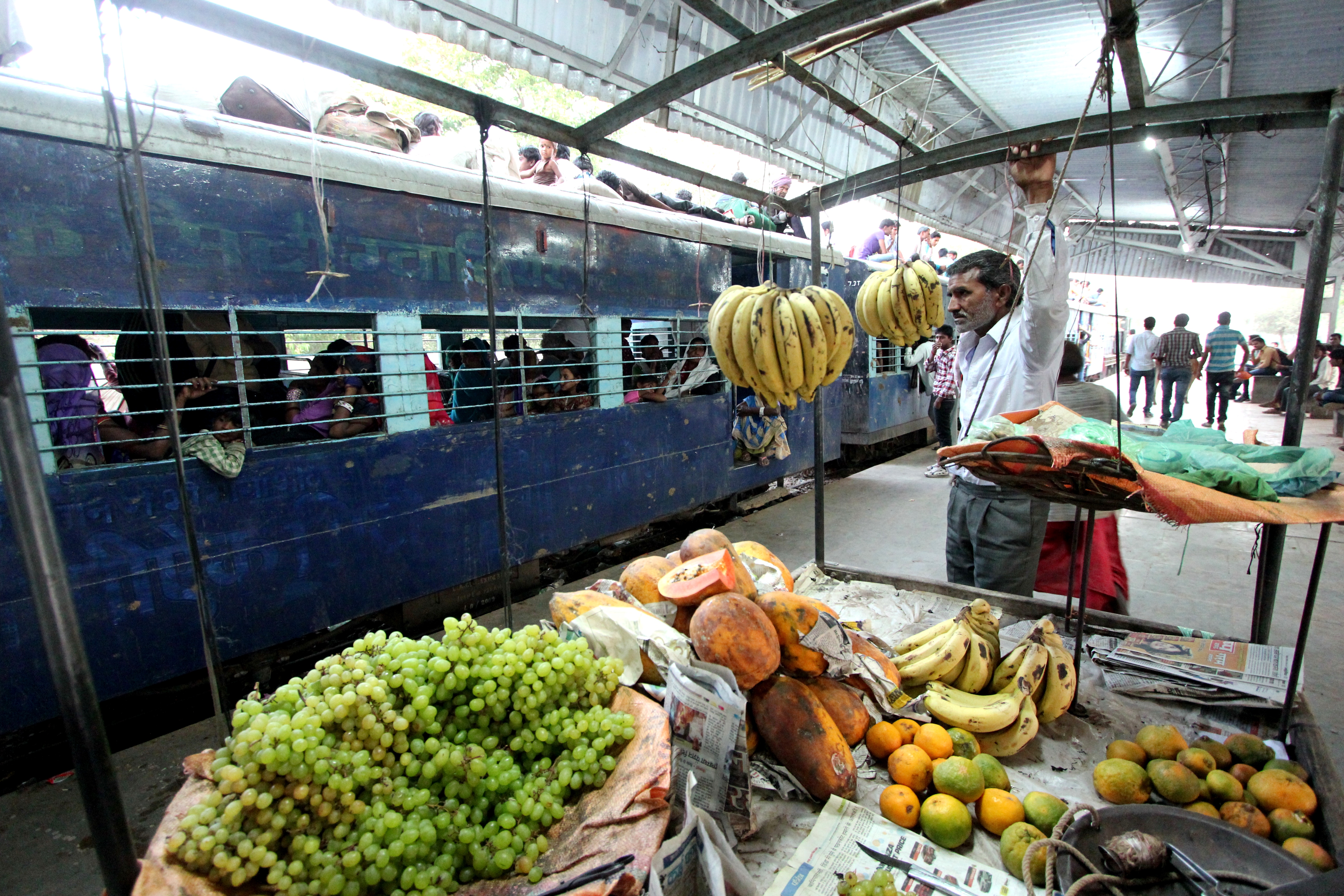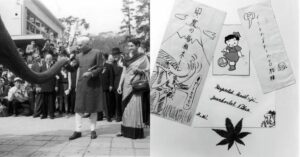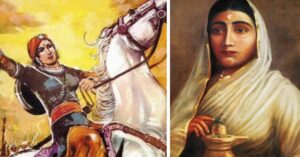MY STORY: What a Visit to Sheopur Kalan Showed Me About India’s Longest Narrow Gauge Train
The Sheopur narrow gauge train is the longest running narrow train which covers 28 stations and a sole train to halt at some places.

The Sheopur narrow gauge train is believed to be India’s longest running narrow train. When I was in Madhya Pradesh recently, I decided to see the famous train for myself.
I woke up at 5.30 in the morning. Since I was staying at a hotel close to the railway station, I decided to walk down to the station to see the train.
It was the first week of April and the weather was unusually warm. Since it was quite early in the morning, I expected the roads to be empty. But the roads were filled with people out on their morning walk, including women in sarees with their pallus wrapped around their heads.
In a short while, I reached the station. In the glare from a yellow light, I read the words ‘Sheopur Kalan’ painted on the board in Hindi and English. The light also illuminated the railway station, which I now saw was pink.
The moment I entered the station, I saw that a train was already on Platform Number 1, and the platform itself was teeming with people.

It was the famed Sheopur train, with all five of its coaches filled to bursting capacity. With travellers waiting patiently for the train to start, noise levels here were low, especially when compared to other railway stations.
The station had one fruit seller, Hassan, who had witnessed the trains’ comings and goings for years now. The train used to have a steam engine before, but now ran on a diesel engine now. The station had the typical old clock seen in countless stations across India, hanging close to the station master’s room. Few old men sat at one end of the platform, sipping their morning tea. I am not sure if they were travelling, or if they were simply visiting the station for their morning cuppa.
Coaches of the train were full with women, children and older men, all of whom were jostling for space.

Younger men were standing outside the train and few were already on its roof. The number of men on roof continued to increase as young boys helped more men climb up. It looked like there were as many men on the roof as there were inside the coach.
‘Gwalior-Sabalgarh-Sheopur’ was written in peeling white paint on the blue coaches that had seen years of travel. It is an unreserved train; one can sit wherever they get space. The train usually travels full, often carrying people beyond its capacity. A friend in the media even told me that although the train departs at 6:20am, people start making their way to the station by 4 am.
Brotherhood and camaraderie is quite evident here, as people adjust to accommodate everyone. The best sight I saw was that of a couple sitting on the steps of the entrance to Coach Number 1, quietly sipping a cup of tea.
The passengers waited patiently for the train to start and then travel at a speed of 35 kilometres per hour to complete a 198 kilometre long journey in 11 hours. For many of us who live in metros, life is fast-paced and speed matters, but in this place, life moves at its own luxurious pace.
On the track adjacent to the station, a woman was selling earthen pots, for travellers and visitors. I was on the track, barely an inch away from the engine. It was a two feet narrow track and looked like a toy train, but this one carries hundreds of people every day. Only two trains come to this station, one in the morning and one in the evening. Both are diesel engines which have replaced steam ones.
While I was examining the track, the train driver came in and told me with justified pride that this was the smallest narrow gauge, a quarter inch smaller than the one in Dholpur, Rajasthan. Before I could tell him that I wished to click a picture, he granted me permission to capture the moment the train signalled itself out of the Sheopur Kalan station.
The train covers a total of 28 stations and in many places, is the sole train to halt at the station.

With limited options for public transport, this train is crucial to connectivity in this part of India.
While there may be a lot of talk in India about bullet trains and modernising of the railways, I feel that trains like these are important and relevant too. Hundreds travel every day on this longest narrow gauge train and it is crucial to their existence, not to mention the scope it has to attract tourism.
– Anil Gulati
Like this story? Or have something to share? Write to us: [email protected], or connect with us on Facebook and Twitter (@thebetterindia).
This story made me
- 97
- 121
- 89
- 167
Tell Us More
We bring stories straight from the heart of India, to inspire millions and create a wave of impact. Our positive movement is growing bigger everyday, and we would love for you to join it.
Please contribute whatever you can, every little penny helps our team in bringing you more stories that support dreams and spread hope.



















